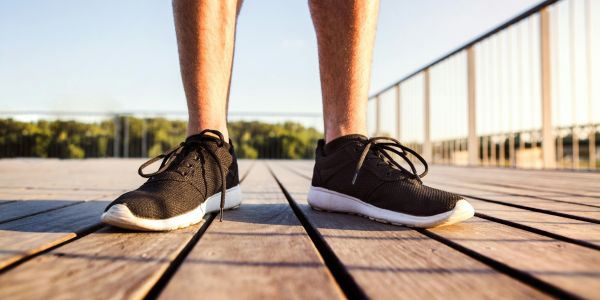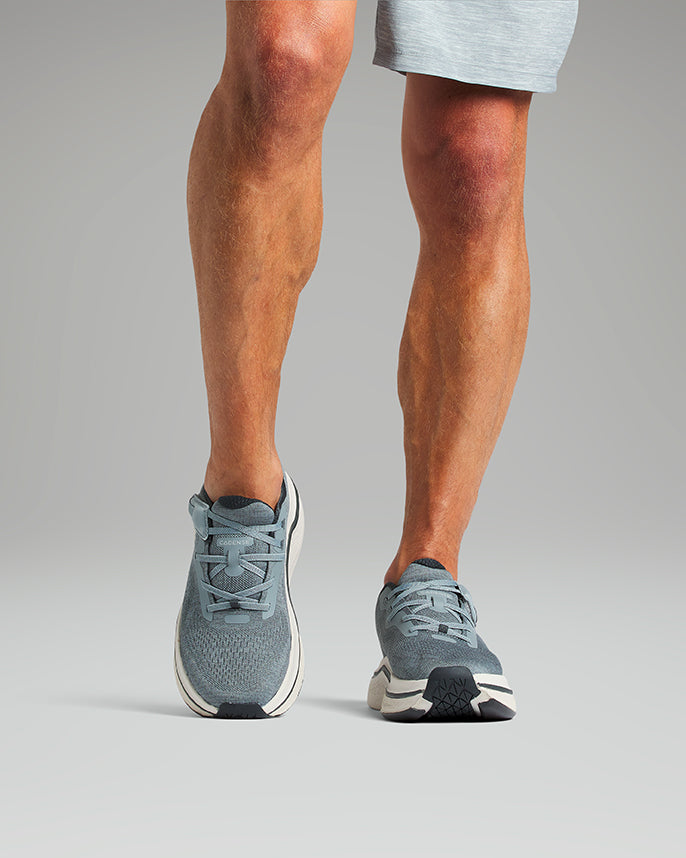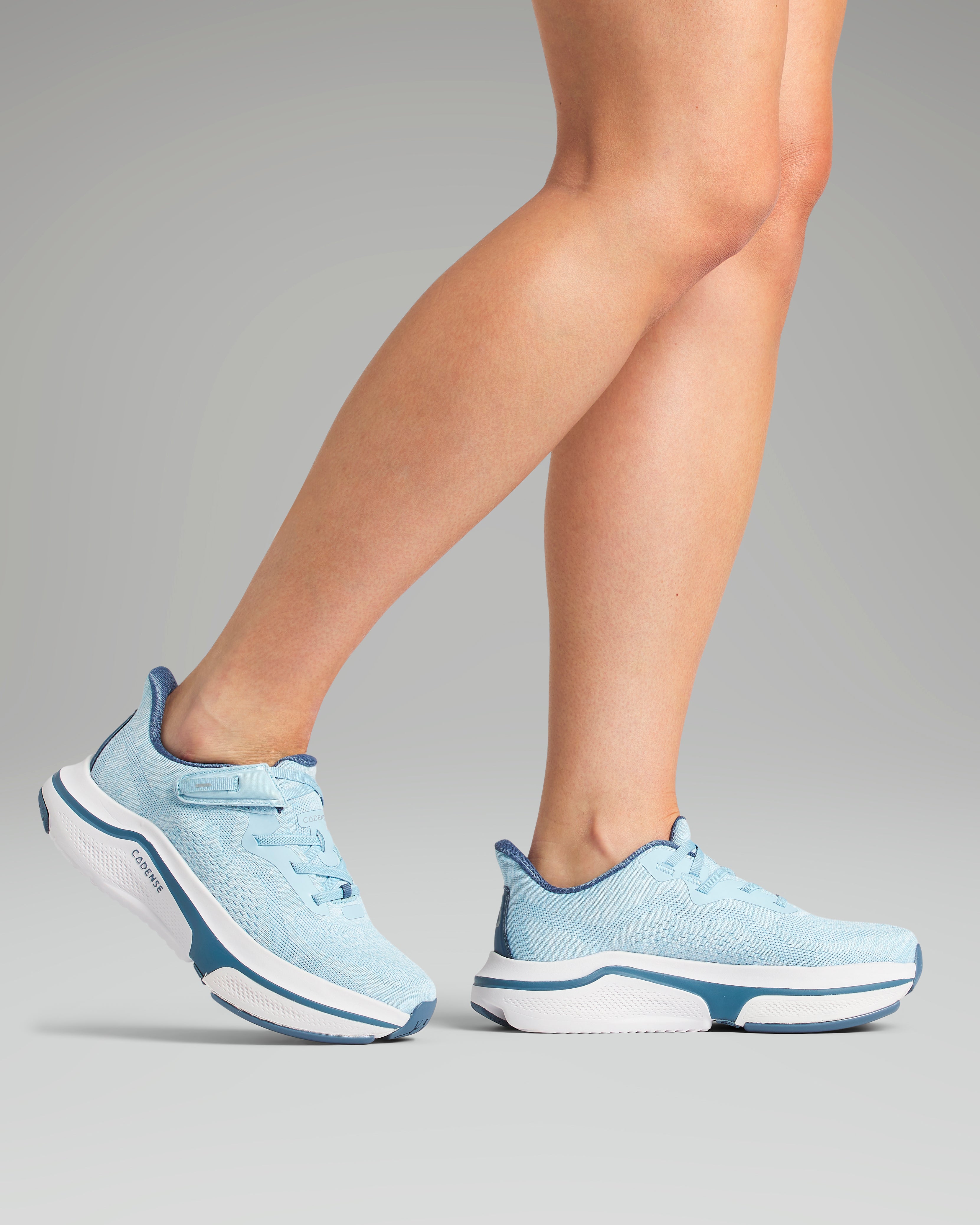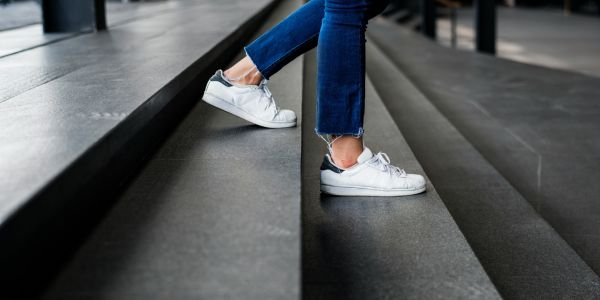
Can Specialised Trainers for People with Cerebral Palsy Improve Posture and Balance?

Living with cerebral palsy (CP) often means managing challenges that affect far more than movement alone. Muscle stiffness, spasticity, and coordination difficulties can influence posture and make balance harder to maintain. These challenges increase the risk of falls, limit independence, and put added strain on both individuals and caregivers.
That’s why footwear becomes more than just something to wear. Specialised trainers for people with cerebral palsy can help align the body, stabilise each step, and support everyday mobility. In this guide, we’ll explore how the right trainers can make a genuine difference.
Why Does Cerebral Palsy Affect Posture and Balance?
Cerebral palsy affects the brain’s ability to control muscle movement, which leads to a wide range of mobility challenges. The main factors influencing posture and balance include:
-
Muscle stiffness and spasticity – Tight muscles limit flexibility and can pull the body out of alignment.
-
Weak ankles and feet – Instability in the lower body can make it difficult to stand upright or walk steadily.
-
Gait abnormalities – Walking patterns such as toe-walking or uneven stride distribution can strain posture.
-
Coordination challenges – Difficulty coordinating muscle groups can make balance harder to maintain.
These challenges make the choice of footwear essential. The right adaptive trainers can provide structure, stability, and support to offset these mobility issues.

How Can Trainers Improve Posture for People with Cerebral Palsy?
Posture begins from the ground up. Trainers influence how weight is distributed and how the body aligns while standing and walking. For people with cerebral palsy, adaptive footwear can help by:
-
Supporting the arches and heels – Proper alignment helps prevent knees and hips from turning inward.
-
Encouraging even weight distribution – Reduces strain on one side of the body and promotes a more balanced stance.
-
Reducing compensatory movements – Helps minimise hunching, leaning, or hip tilting during walking.
-
Working with orthotics – Many people with CP use AFOs (ankle-foot orthoses) or braces. Trainers designed to accommodate these devices help maintain correct alignment and posture.
For example, a person who tends to lean forward while walking due to muscle spasticity may find that properly fitted adaptive trainers shift their balance slightly towards the heels — helping them stay upright and reducing fatigue.
What Trainer Features Support Better Balance in Cerebral Palsy?
Balance is a common challenge for people with cerebral palsy, and the wrong footwear can make it worse. Look for these supportive features in adaptive trainers:
-
Wide base and toe box – Creates a broader area of stability and reduces the likelihood of tipping.
-
Firm, supportive soles – Keep the feet steady without collapsing under pressure.
-
Non-slip outsoles – Reduce the risk of slipping on smooth or uneven surfaces.
-
Secure fastening systems – Velcro straps, adaptive laces, or side zips offer stability without requiring fine motor control.
-
Lightweight design – Helps conserve energy and makes lifting the feet easier.
Together, these features make each step safer and more secure — allowing people with CP to focus less on preventing falls and more on enjoying daily life.
Real-World Scenarios: How the Right Trainers Make a Difference
Specialised trainers don’t just support posture and balance in theory — they transform everyday comfort and mobility.
-
Walking on uneven ground: Stable outsoles help prevent tripping on pavements or grassy areas.
-
Standing for long periods: Cushioned soles and arch support reduce strain on the back, hips, and knees.
-
Climbing stairs: Secure fastenings and ankle support help maintain stability when lifting each foot.
-
Daily independence: Easy on/off designs reduce reliance on caregivers, building confidence and autonomy.
For instance, an adult with CP who experiences fatigue from standing at work may find that adaptive trainers with enhanced cushioning and heel support ease discomfort and improve posture — making the day far more manageable.
How Do Adaptive Trainers Compare to Standard Footwear?
Standard footwear isn’t designed to meet the unique needs of cerebral palsy. Typical trainers often:
-
Have narrow openings that make fitting orthotics difficult.
-
Provide limited ankle or arch support, leading to misalignment.
-
Feature smooth soles that increase slip risk.
-
Use laces or fastenings that are challenging for those with limited dexterity.
Adaptive trainers, however, are engineered to overcome these issues — combining stability, comfort, and accessibility to support safe, confident movement.

What Should You Look for When Choosing Trainers for CP?
When choosing footwear for someone with cerebral palsy, consider the following checklist:
-
Does the trainer work comfortably with braces or orthotics?
-
Is the sole slip-resistant and durable?
-
Does it provide enough cushioning without sacrificing stability?
-
Can the wearer put them on independently using adaptive fastenings?
-
Is the design lightweight and suitable for everyday use?
Everyone’s mobility needs are different, but asking these questions helps guide your choice towards footwear that enhances safety, comfort, and freedom of movement.
Discover Cadense Adaptive Trainers
Specialised trainers for people with cerebral palsy do far more than protect the feet. They play a crucial role in improving posture, maintaining balance, and reducing fall risk.
With wide bases, supportive soles, and adaptive closures, the right trainers can help make everyday movement safer, steadier, and more independent.
Explore Cadense UK to discover adaptive trainers designed to support mobility, comfort, and confidence with every step.




